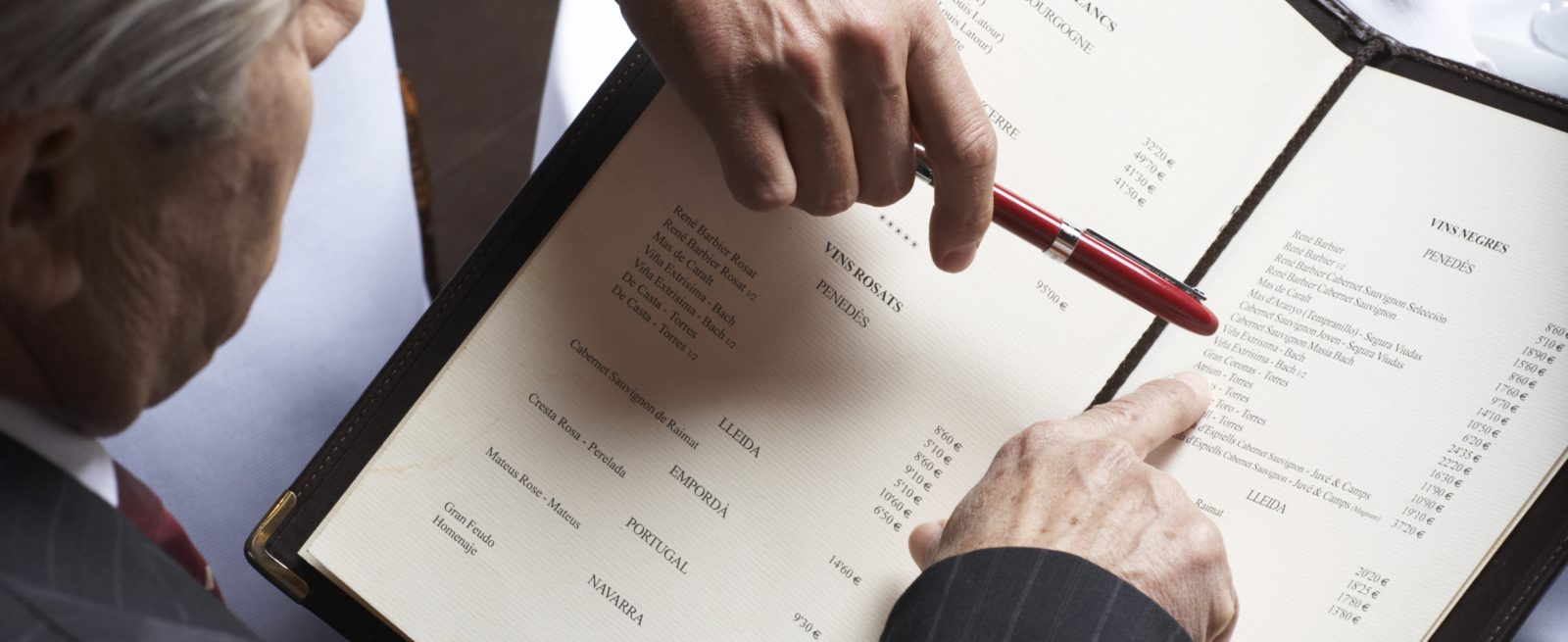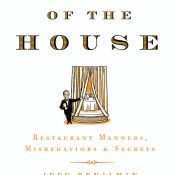What’s in a Menu?
4 Min Read By Jeff Benjamin
This ain’t no South Philly red-sauce joint.
Before we opened Amis, the Vetri Family's Roman-style neighborhood trattoria, Marc Vetri and I spent a week in Italy sampling typical trattoria dishes. We ordered cacio e pepe pasta at every meal, day after day—not because we loved it, but because it would have been foolish to order it once and think, “Okay, we understand this dish. On to the next pasta.”
What if on the night we had ordered it the chef was having a bad day? What if we happened to walk into the one restaurant in Rome that didn’t serve cacio e pepe in the traditional manner? Comparing several versions of a classicl dish is a sound way to understand the dish at its core, and on that trip, as always, we were looking for menu inspiration.
Just as concept, design and physical set-up of the dining room come together through inspiration and hard work, the menu requires great attention to detail.
Just as concept, design and physical set-up of the dining room come together…
Sorry, You've Reached Your Article Limit.
Register for free with our site to get unlimited articles.
Already registered? Sign in!


